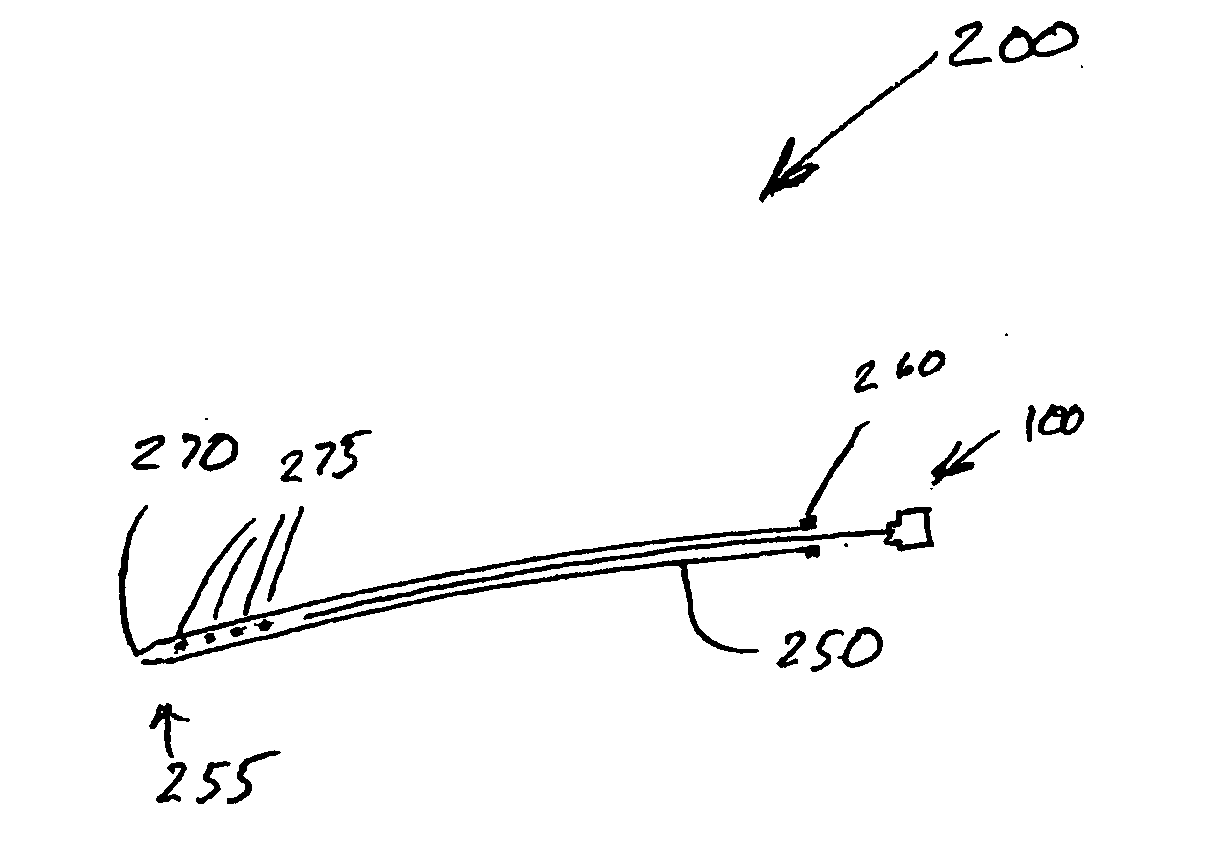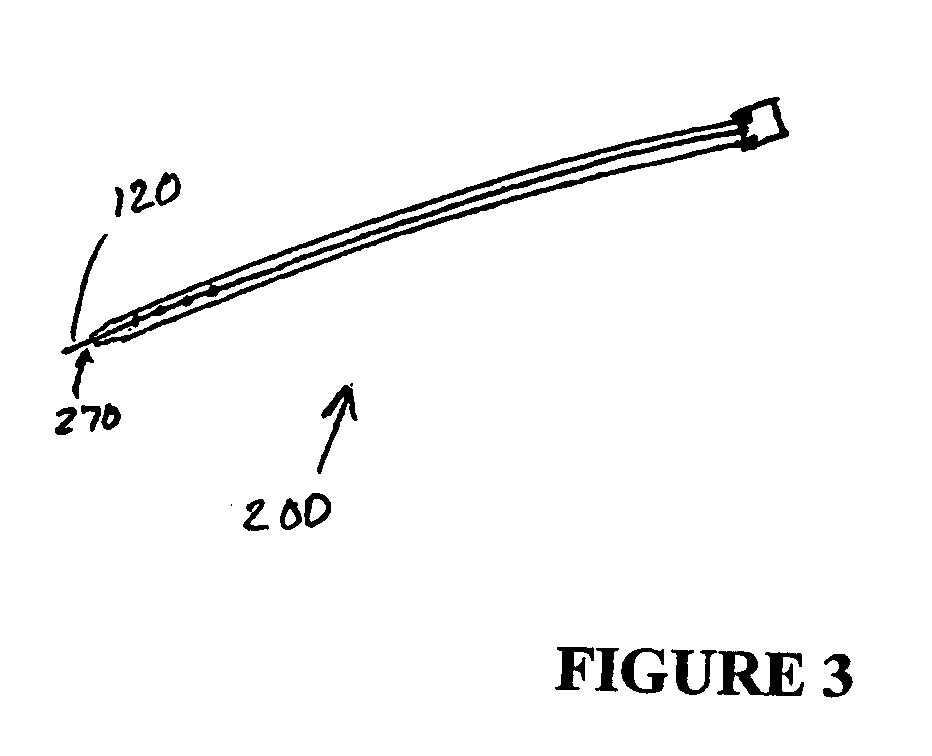Therefore, infection of the catheters can be a devastating and life-threatening event, as the patient requires
dialysis treatment to avoid extreme levels of blood
toxicity, and emergency hospitalization for
dialysis treatment must be implemented at great cost.
It is widely known that foreign material formed in diagnostic or therapeutic catheters that penetrate through and are left to protrude through the patients protective
skin for long periods of time, such
indwelling catheters, can easily become infected or contaminated by naturally occurring growths, such as biofilms and
thrombus forming proteins without aggressive therapeutic and preventative
infection control measures.
If the liquid catheter lock solution, having the higher than normally recommended systemic level concentrations, were accidentally injected out of the catheter and into the patient's venous and pulmonary
circulatory system, serious side effects, including death, can potentially result.
The
dialysis healthcare worker must be careful to minimize unavoidable wicking of small portions of the liquid catheter lock solution, which can occur at, along or near any catheter openings of the catheter, as most liquid catheter lock solutions are not intended for systemic use due to the high risk of complications which can result from the high concentrations of
antiseptic or therapeutic agents required to avoid indwelling patient catheter complications.
However, such liquid catheter lock solutions have been reported to not to achieve the desired therapeutic effects, due to the risks of systemic complications of such therapeutic agents, and the high concentrations of medication required to achieve an effective localized effect within the catheter.
Bacterial infection can be a worse complication than thrombotic
occlusion, as catheter infection renders the catheter non-functional during the period in which it is infected, and unfortunately many such catheter related infections require the removal of this dialysis treatment access device from the patient, a devastating complication for most patients.
These types of catheter related complications and current preventative maintenance therapies can be a significant problem for many
dialysis patients who cannot tolerate even temporary loss of use of their dialysis access connections means to survive for extended periods of time without adequate
hemodialysis treatment.
When liquid anti-thrombotic or anti-clot agents such as CPDA solution are used as a catheter lock solution for
hemodialysis catheters, such agents can be harmful to the patient if accidental systemic release were to occur.
While citrate may not promote infection as readily as
heparin, systemic
exposure of citrate to the heart, caused, for example, by accidental entry of a citrate solution the patient's
systemic circulation, has been reported to cause significant patient complications, including pulmonary
occlusion and cardiac arrest.
The use of topically applied anti-septic or anti-infective lotions, ointments or gel like films only treat the exposed surfaces of such catheter surfaces, and thus have little or no
therapeutic effect to the indwelling portion of the catheter or catheter lumen, which are the location of the patient's
catheter device related
occlusion and or infection complications.
Unfortunately, most active medications lose their activity within hours of
exposure to body fluids and contact with local tissue.
Some medicated coatings have been shown not to work for longer than the first 48 hours, and frequently such coatings have been documented to incur various levels of
inflammation after the medication has leached out from the
drug carrier
coating.
It has also been documented that with the formation of the bacterial biofilms and other biological or
protein sourced growths that form around such
indwelling catheters, such
biological activity tends to wall-off the medicated coatings from the surrounding tissue, reducing or ending their initial
clinical effectiveness, even after only 48 hours in the body.
Most therapeutic or medicated coatings stop working after a short period of time due to the short
half life of the medication applied to the
coating, and therefore such medicated catheter coatings do not provide effective long term therapeutic relief from catheter related complications commonly experienced by most patients.
Therefore, many coated catheter and intervention devices coated with even the most effective
antibiotics and
antiseptic agents, such as rifampin and
minocycline, fail to achieve a long-term
treatment effect for the prevention of
biofilm formation, localized tissue infection in contact with such devices, proliferation of invaginating tissue and / or prevent chronic
inflammation and thrombotic occlusion.
The potential use of these coated catheter and intervention devices on many medical devices such as
hemodialysis access catheters is therefore limited.
 Login to View More
Login to View More  Login to View More
Login to View More 


